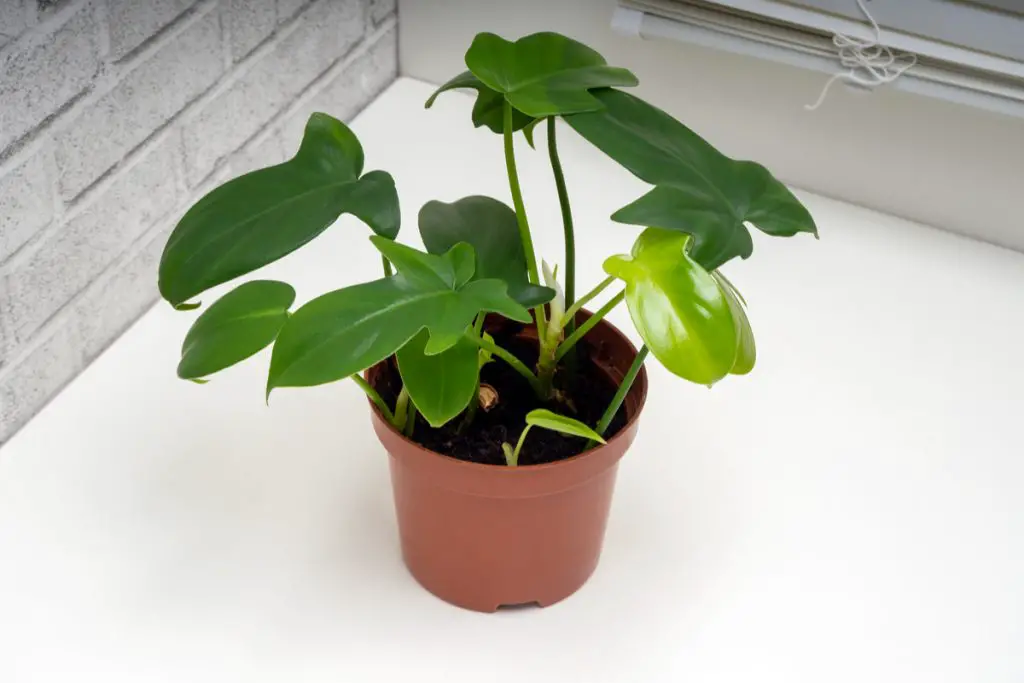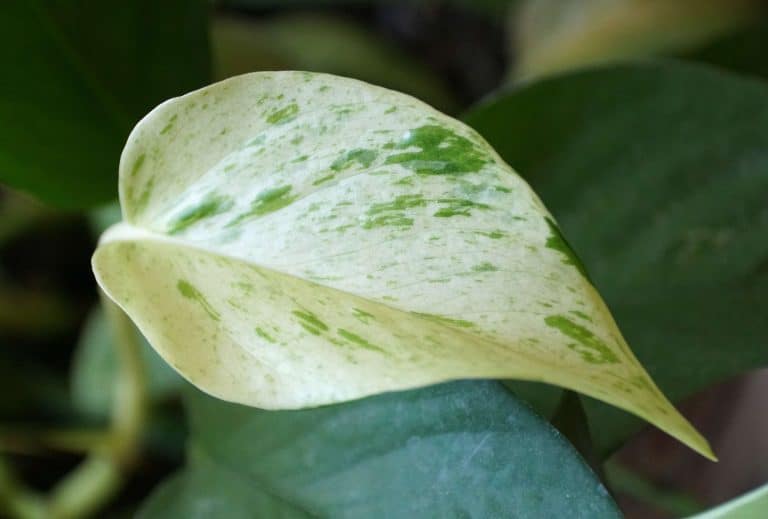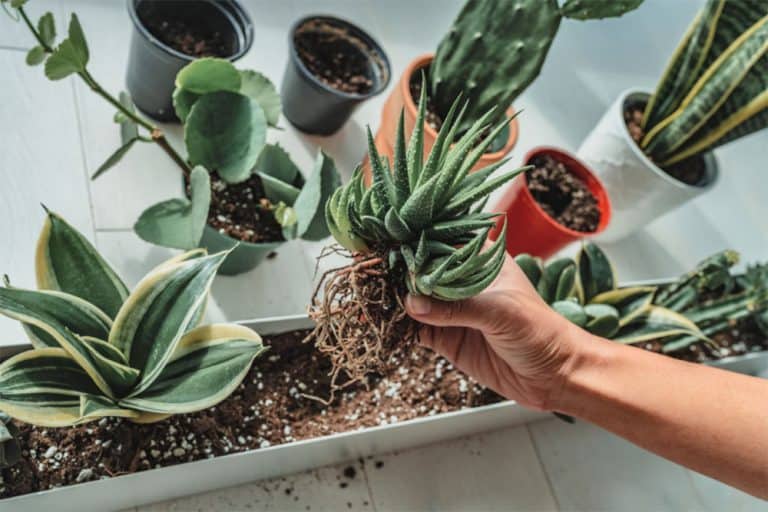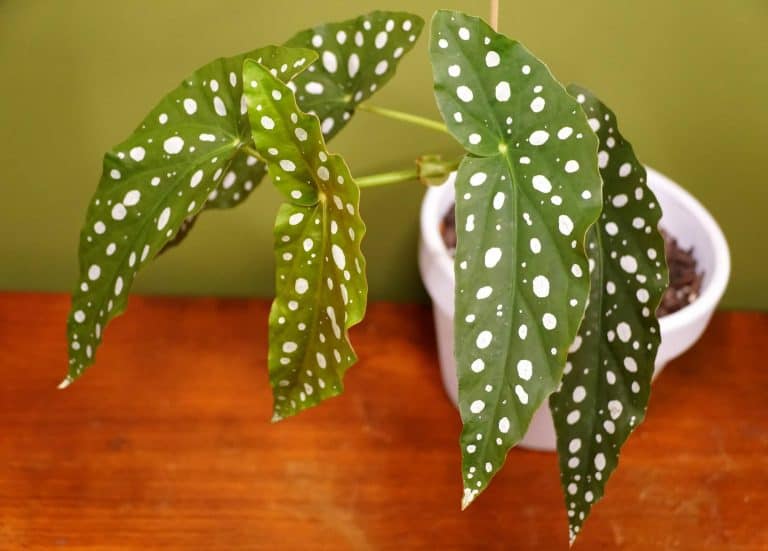Philodendron Cordatum – The Complete Care Guide
Philodendron cordatum is a rare and lesser-known philodendron species that isn’t typically found as a houseplant. This is mostly due to incorrect care requirements as a result of limited information about the species.
It is also often mistakenly nicknamed the heartleaf philodendron thanks to the heart-shaped leaves, but these are two separate species.
Due to the limited information about philodendron cordatum, it’s common for owners of this plant to make mistakes.
However, if you manage to get your hands on this rare species and follow its care requirements, you’ll be rewarded with an attractive trailing houseplant.
Whether you want to enhance your knowledge of plants or if you want to expand your rare houseplant collection, here is everything you need to know about philodendron cordatum!
DISCLAIMER
Some of the links on here are affiliate links and I may earn if you click on them, AT NO EXTRA cost to you. Hope you find the information here useful! Thanks.
Related Articles:
- Crassula Tetragona – The Miniature Pine Tree Succulent Plant
- Philodendron Hastatum: The Beginners Care Guide
- Crassula Perforata: How To Care for the String of Buttons Plant
- Scindapsus pictus (Satin Pothos) – How To Grow a Healthy Indoor Plant
- Crassula Arborescens (Silver Dollar) – The Complete Care Guide
What Is Philodendron Cordatum?
Philodendron cordatum is an uncommon philodendron species that doesn’t have a common nickname.
It is quite typically mistaken for the heartleaf philodendron or philodendron hederaceum thanks to the cordatum’s heart-shaped leaves,
but it is a species in its own right. Philodendron cordatum is native to a small area in southeastern coastal Brazil near São Paulo and Rio de Janeiro.
These are trailing houseplants consisting of fantastic vivid green heart-shaped leaves with lighter undersides.
One of the key differences between philodendron cordatum and philodendron hederaceum is that the cordatum’s leaves are distinctly darker, exhibiting a more emerald hue than light green.
Philodendron cordatum plants are notoriously toxic to humans and animals if consumed.
Philodendron Cordatum Care Guide
Soil
When it comes to soil requirements, philodendron cordatum has fairly basic needs. They like to grow in well-drained soils that are chunky and airy enough to allow for proper airflow and oxygenation.
To make the ideal potting mix for philodendron cordatum, combine a mixture of one part sphagnum, one part peat, half part wood bark, and half part perlite.
These plants don’t require as much nutritional value compared to some other philodendron species, but they do appreciate a nice amount of organic matter.
Pot
Philodendron cordatum are trailing plants, so they will happily grow in regular plant pots – as long as the pot has a good drainage system.
Holes at the bottom of a plant pot are essential for allowing water to drain through the soil without clogging up around the roots, which can result in root rot.
Using porous terracotta pots with proper drainage holes will ensure a happy growing plant!

While philodendron cordatum looks good trailing on a shelf or table, they are particularly effective as a hanging plant.
You can get hanging baskets by which you can place your pots in they’re ready to hang.

This is especially true for houses with pets and kids who might accidentally consume the plant, as philodendron cordatum is toxic to animals and humans.
Water
Philodendron cordatum like to live in moist (not wet) soil, so they should typically be watered once a week. This frequency can increase to twice a week in summer and once every two weeks in winter.
The best way to check if your philodendron cordatum needs water is by sticking your finger one inch into the soil.
The top layer of soil is an unreliable indicator of whether the plant needs to be watered because this layer dries the fastest.
Place the philodendron cordatum in a sink, bathtub, or garden before pouring the water all around the soil to ensure even distribution.
Keep watering until the water starts to drain out of the holes, and then allow the plant to finish draining the water before putting it back in its decorative pot.

While philodendron cordatum enjoy watering and living in a moist environment, be careful not to overwater the plant.
This can lead to waterlogging resulting in root rot, which can be detrimental to the health of the plant.
Light
In their native environment, philodendron cordatum grows in a bright rainforest sheltered by taller plants and trees.
The best way to replicate this light environment is to place your philodendron cordatum in bright, indirect sunlight.
East-facing and west-facing windows are ideal for hanging a philodendron cordatum, because this allows for gentle morning and evening sunlight,
Harsh afternoon sunlight is far too direct, resulting in burnt leaves and soil drying out too fast.
Placing translucent window curtains can protect your plants from the intensity of the direct sunlight allowing partial light.

While they can technically grow in low light conditions, philodendron cordatum will start to look dull and limp in the shade.
Temperature & Humidity
Philodendron cordatum will happily grow in the average temperature conditions for most philodendrons, which is around 65-80 °F during the day. They like the temperature to drop slightly to around 55 °F at night.
As with almost every houseplant, philodendron cordatum doesn’t do well in sudden temperature changes. If possible, keep the plant away from radiators and air conditioners.
While it’s sometimes hard to maintain the right temperature in summer and winter, such artificial heating can cause stress and damage to the plant.
When it comes to humidity, philodendron cordatum likes to grow in a humid environment to mimic their natural rainforest habitat.
They prefer high humidity levels around 60-80%, which isn’t always achievable in most household rooms. Bathrooms and kitchens are ideal for maintaining humidity levels.
Alternatively, you can invest in a humidifier or mist the leaves regularly. Misting is also handy for keeping the leaves shiny and free from pests and dust.

Fertilizer
Philodendron cordatum can be temperamental, which is why they need to be fertilized every two weeks. Gentle organic fertilizers are best to reduce the risk of fertilizer burn.
Dilute this fertilizer and implement it within your watering routine, and reduce fertilizing in winter.
Pruning
Philodendron cordatum won’t need regular pruning, but it’s always good to remove any deadened leaves to promote regrowth.
This can be done by plucking the leaves off the plant (if they fall off easily) or snipping them off the stem with sterilized scissors.
Common Problems With Philodendron Cordatum
While philodendron cordatum isn’t prone to any specific problems, It is still possible to develop the following issues:
- Root rot
- Mealybugs
- Scale
- Aphids
- Spider mites
These common problems can be prevented by sticking to your plant’s care requirements and inspecting the leaves regularly.
Conclusion
Philodendron cordatum might be one of the most uncommon philodendron species, but they are certainly worth the patience and attention to detail for passionate houseplant owners.
Once their needs are met, they will respond with their fabulous appearance and beautiful growth.






![How To Harvest Cilantro Without Killing The Plant?[The Best Way!]](https://aboveandbeyondgardening.com/wp-content/uploads/2022/10/how-to-harvest-cilantro-without-killing-the-plant-6-768x512.jpg)